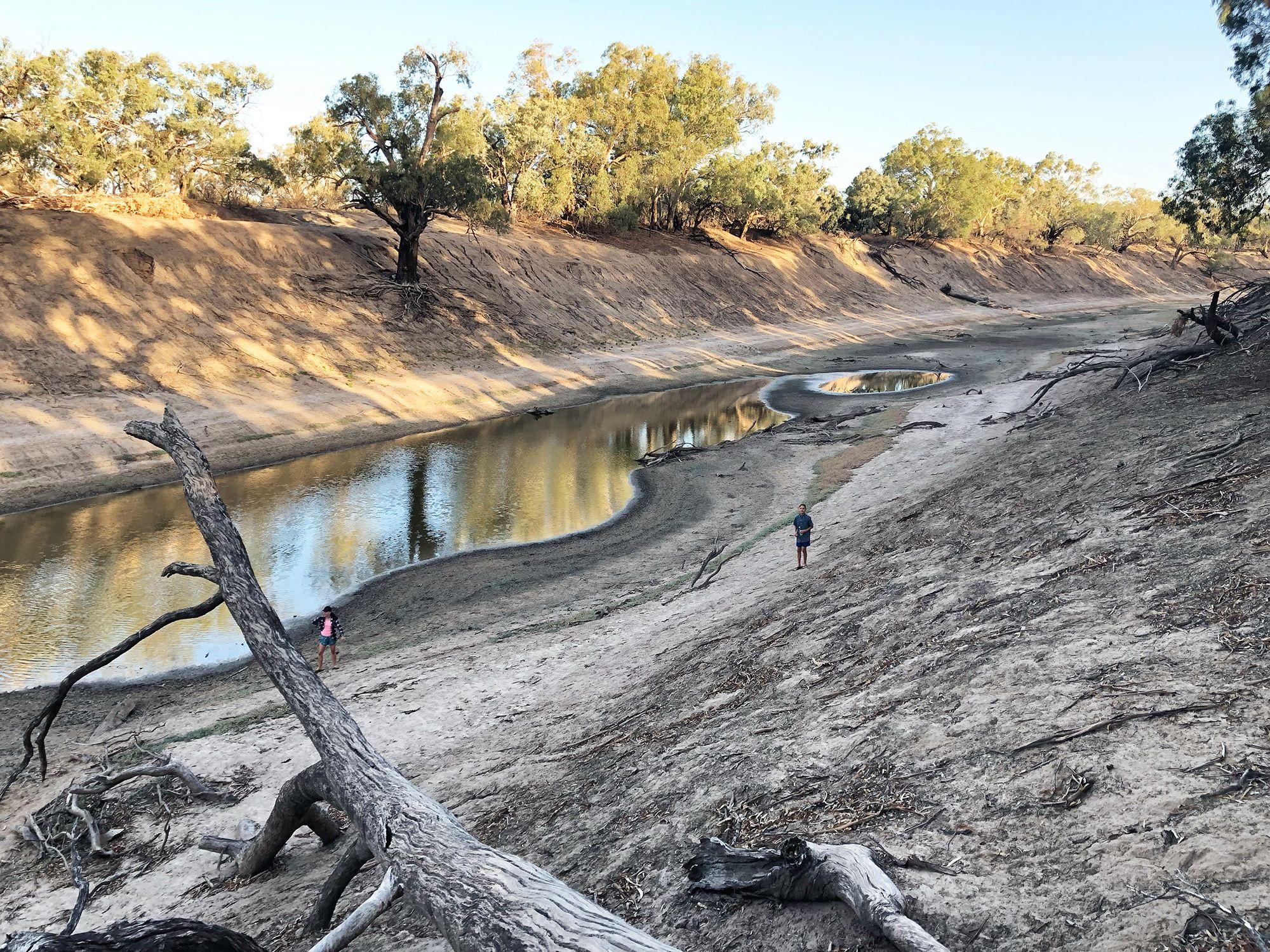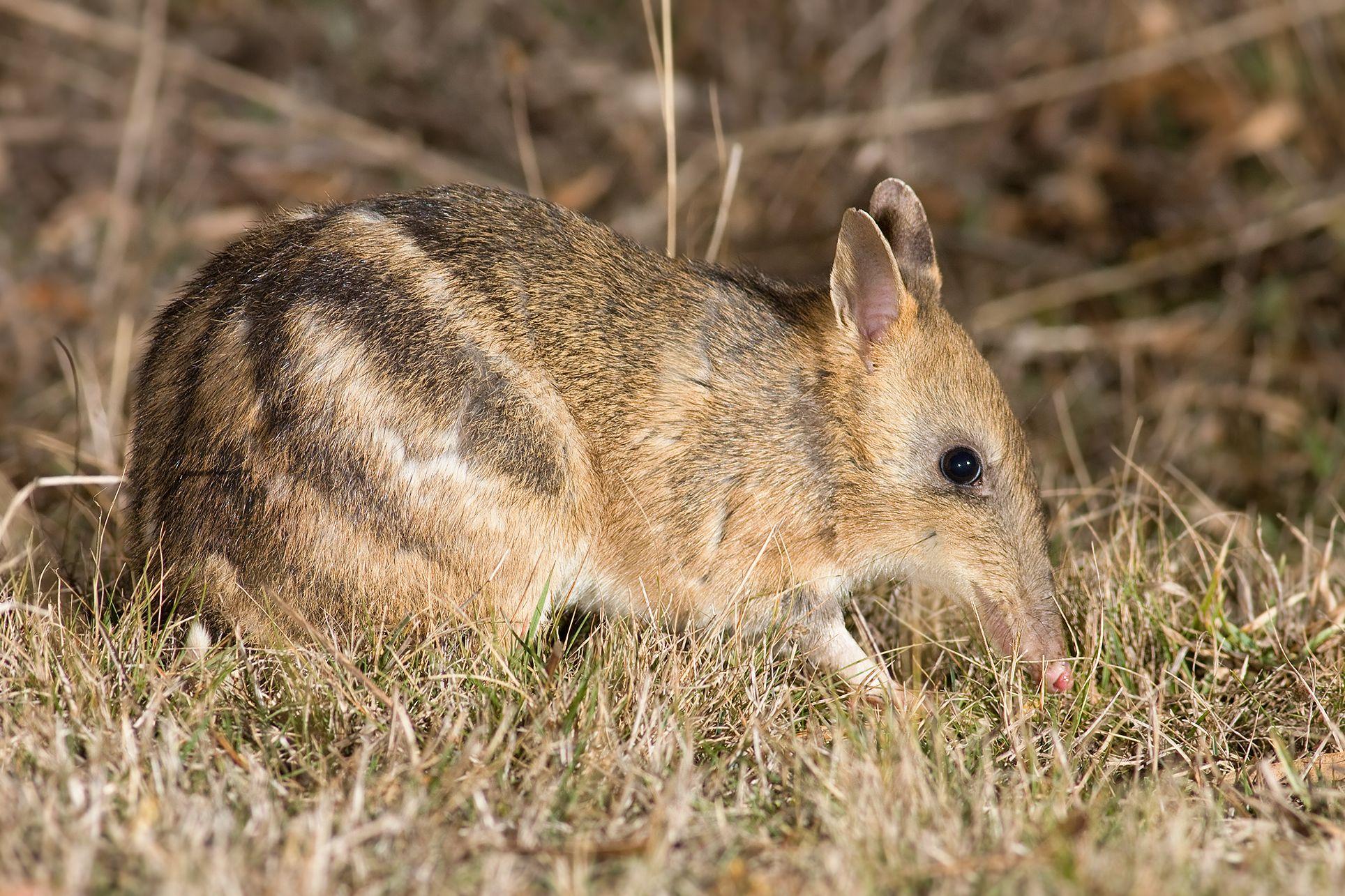Environmental problems the greatest long-term risks to global economy

Darling River near Louth, NSW. Image: Jaana Dielenberg
Media Release
12 February 2025
Human-caused environmental problems, including biodiversity loss and extreme weather events, are the greatest long-term threats to the global economy, according to the World Economic Forum’s 2025 Global Risks Report.
The Biodiversity Council says the findings also reflect Australian data showing that at least half of the Australian economy is dependent on nature and that Australia’s environmental problems are rapidly deteriorating.
The independent expert group founded by 11 universities say that government action to increase conservation spending and reform ineffective environmental laws would be a sound economic investment.
The World Economic Forum’s annual assessment was based on the insights of over 900 experts across academia, business, government, international organisations and civil society. It identified short-term (2 year) and long-term (10 year) risks.
Extreme weather events were identified as the top long-term risk and the second greatest risk for the short-term.
Three other environmental problems make up the top four long-term risks: biodiversity loss and ecosystem collapse, critical changes to Earth systems, and natural resource shortages.

It is much less expensive to prevent the loss of nature than to restore it later. Image source: Jaana Dielenberg
Biodiversity Council member economist Professor Patrick O’Connor AM from The University of Adelaide said that biodiversity loss has been identified as one of the major long-term risks in every assessment for the last nine years.
“It is disappointing to see that despite being widely recognised as one of the greatest threats to economies and humanity, biodiversity loss was not put on the list of top short-term risks.
“Differences in the short-term and long-term risks lists occur because people make tradeoffs about what they think is most pressingly urgent right now and what could wait a bit longer.
“It reflects a tendency to kick environmental problems down the road, imagining our future selves, future technology or children can fix it.
“The problem with this approach is that biodiversity loss and ecosystem collapse are getting rapidly worse with every passing year, and it is vastly more expensive to restore lost biodiversity later than to stop its loss now.
“Biodiversity loss has major ramifications for things like food and water supply, public health, climate resilience and tourism."
Natural ecosystems are the most effective and cost efficient way to purify water for human consumption. Image source: Jaana Dielenberg
“Now is the time we need to step up action to protect and restore nature.
“There are obvious cost-effective steps that we should be taking today, like reforming Australia’s Environmental Protection and Biodiversity Conservation Act, which independent reviews have found to be ineffective at protecting nature.
“The Australian Government must also remove tax-payer funded subsidies for activities that harm nature, like fossil fuel rebates. Biodiversity Council analysis found that this would save 4% of the federal budget.
“Part of this large saving should be redirected to halting the sad decline of many native species. Existing conservation programs are grossly underfunded. Only 1/1000 of the federal budget currently goes to nature conservation and recovery.
“We have calculated that increasing this to just 1% of the federal budget would be enough to take effective action to halt biodiversity loss, repair degraded landscapes, prevent extinctions and recover threatened species.
Professor O’Connor AM is the Director of the Centre for Global Food and Resources and a Professor in the University of Adelaide School of Economics and Public Policy.

The eastern barred bandicoot once played an important role in improving soil health across large areas of southeastern Australia but has been lost from almost all former areas. Image source: JJ Harrison CC BY SA 3.0













